Australia Encourages Visitors To Recognize Aboriginal Place Names
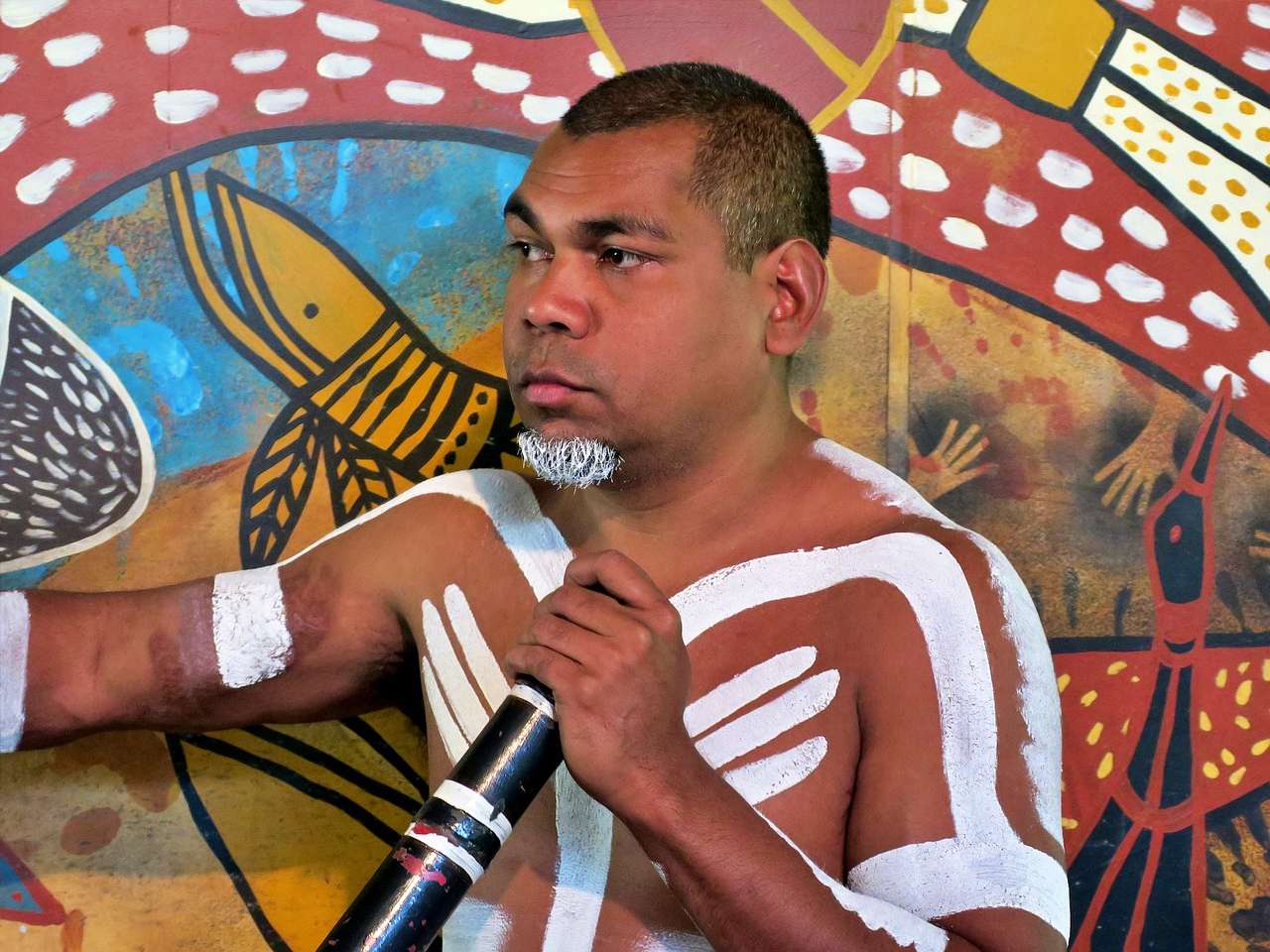
Tourism Australia acknowledges the Aboriginal people
By dual-naming major cities and tourist locations, Australia is recognizing 60,000 years of indigenous custodianship. Meanwhile, this step also brings Aboriginal languages and customs into the mainstream consciousness of Australians and visiting travelers. This also gives visitors the opportunity to learn from the indigenous storytellers and find out more about their history.
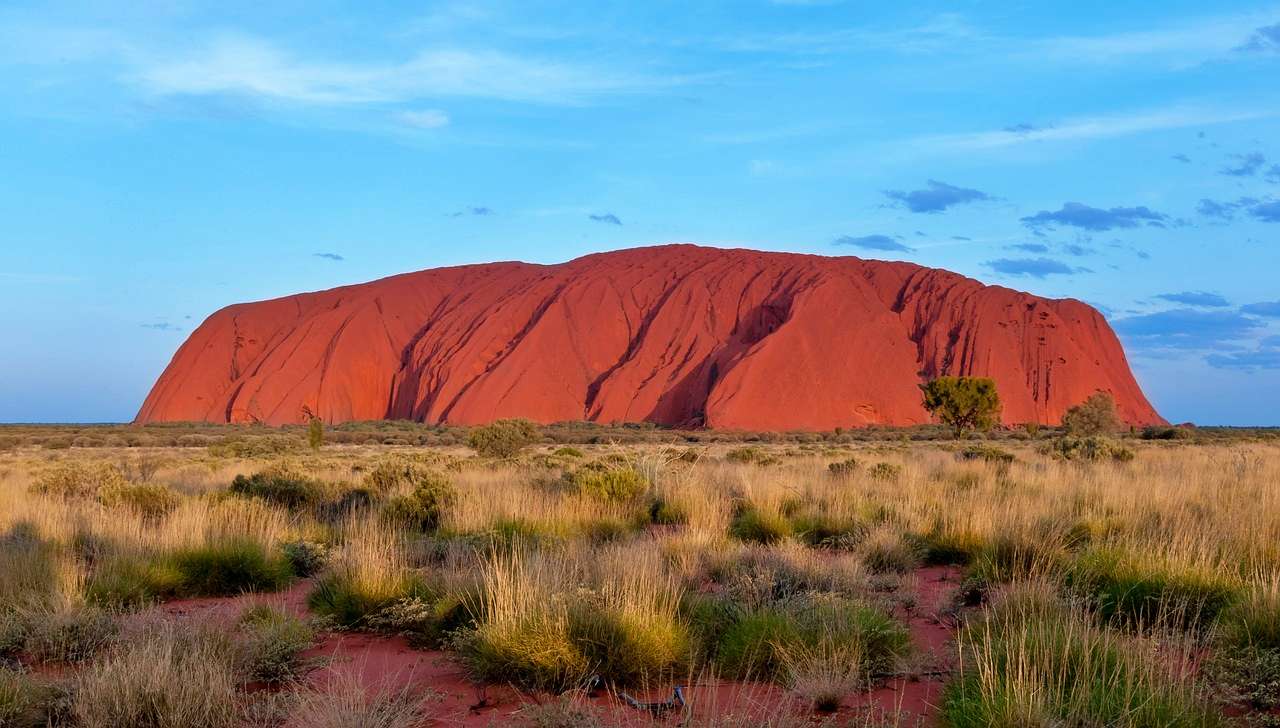
Meanwhile, Uluru was named “Ayers Rock” in 1873 by an English-born explorer. He named the iconic location after the Chief Secretary of South Australia at the time, Sir Henry Ayers. However, the name was changed later to show respect for the Anangu people and to acknowledge their continuous guardianship of the country.
Dual-naming other locations
Another example is the World Heritage-listed Fraser Island off the coast of Queensland. This beautiful spot was renamed K’gari (Fraser Island) in 2017, respecting its original Butchulla name.
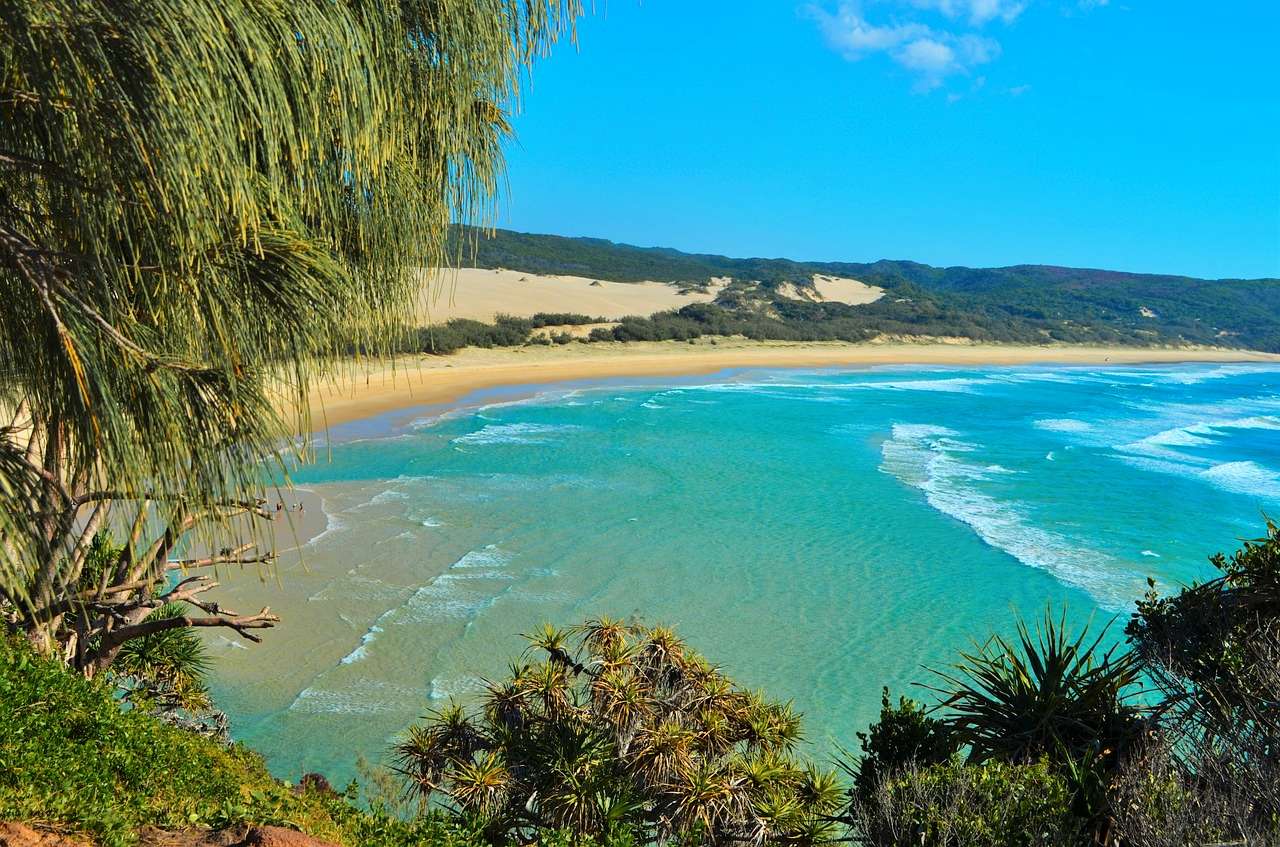
Australia’s Aboriginal naming
Tourism Australia has been working with local Elders and Traditional Owners to confirm the Aboriginal name for each city or location. It isn’t always easy, as cities such as Sydney, for example, did not exist as a single entity before British colonization.
Basically, a name has to be chosen that doesn’t necessarily represent the whole city. For example, Sydney Cove was named Warrane, the original Gadigal name for the location. Meanwhile, the cove is where the first British fleet landed in Australia.
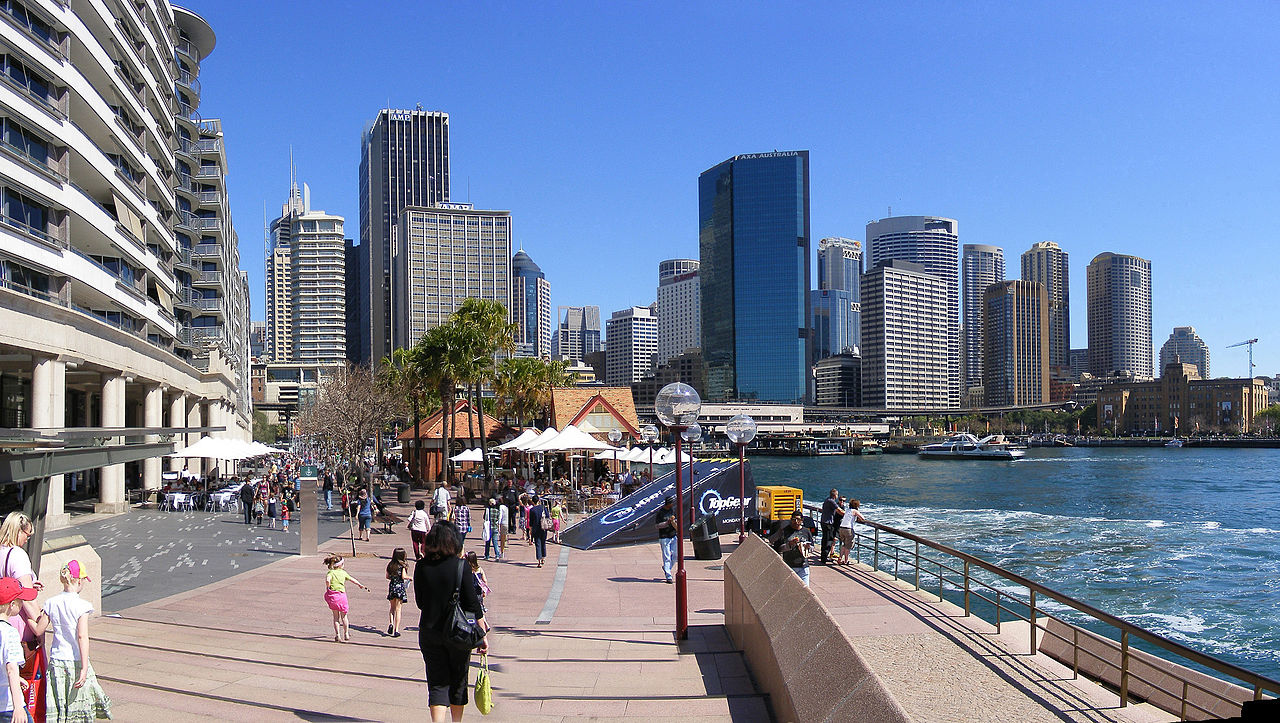
Tourism Australia isn’t working alone, as Australia Post is also planning to use traditional place names. Their choice came after a Gomeroi woman, Rachael McPhail, petitioned the organization to include indigenous names on mailing addresses back in 2020.
“For every town, for every place in this country, we have an original name, and it’s important to use them as a celebration and to recognize the history and the connection of First People to Country,” McPhail said.
These days, all postage labels have a space to include Aboriginal place names. Meanwhile, this can be researched on the AIATSIS map.
Tourism Australia encourages travelers to learn more
In the past, international travelers have expressed a keen interest in learning more about Australia’s Aboriginal cultures. For this reason, Tourism Australia’s Discover Aboriginal Experiences collective is promoting top tourism experiences for all types of visitors. These experiences will be suited to culture enthusiasts, adventure seekers, nature lovers and foodies, planning a trip to Australia.
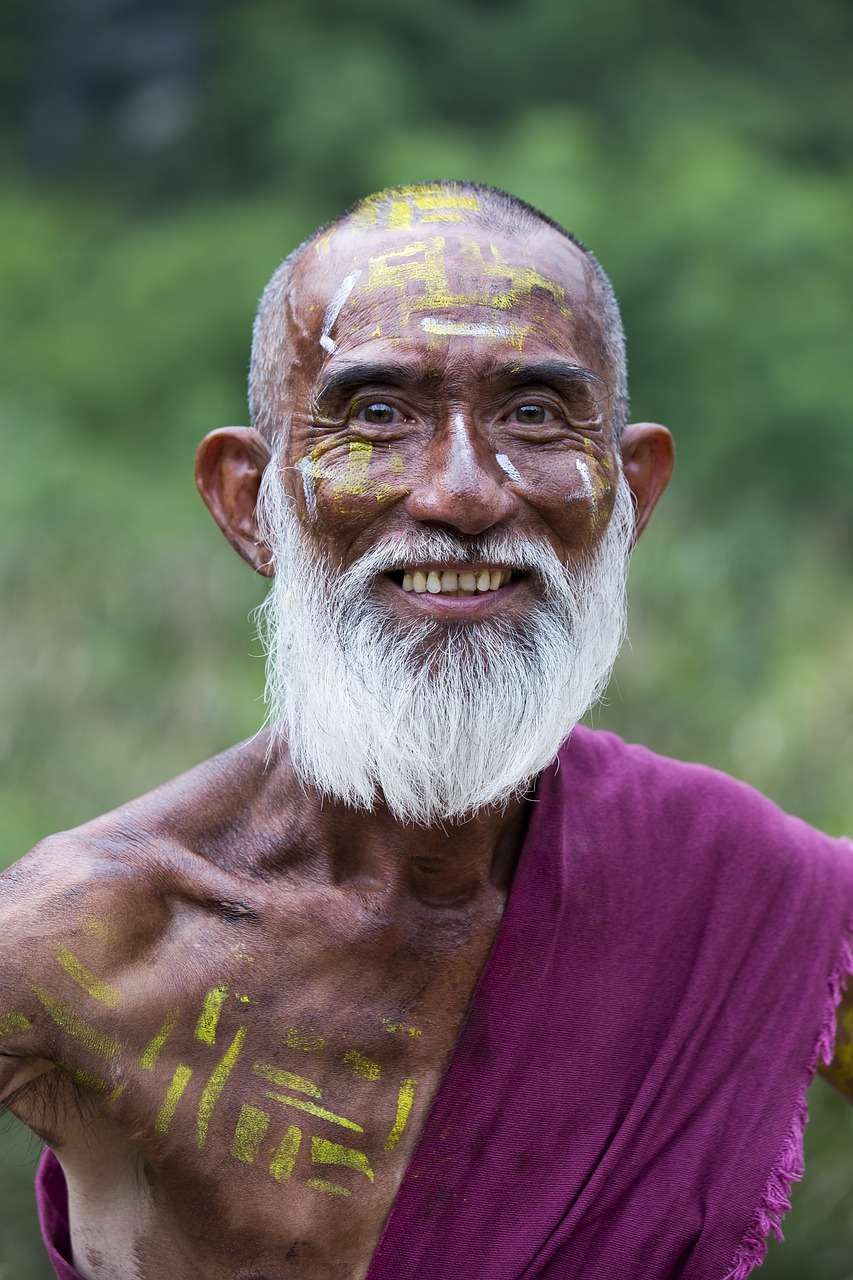
Now that Australia has reopened to international travelers following the COVID-19 pandemic, new adventures are available, to not only learn the local names but truly experience the indigenous culture.
